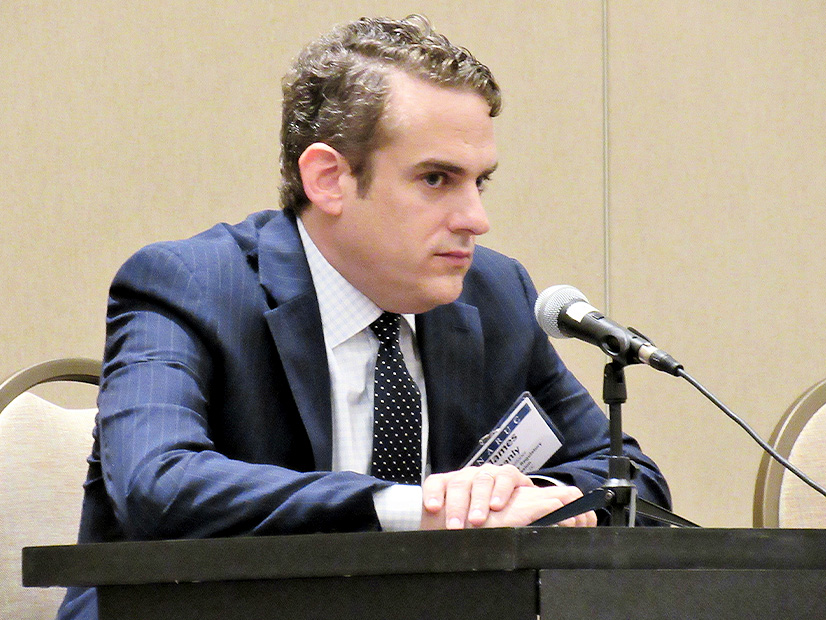FERC has once again rejected PJM’s proposal to shift from its current “all call” method of responding to synchronized reserve events with an Intelligent Reserve Deployment (IRD) methodology (ER22-1200).
In its request for rehearing of an August order ruling against the proposal, PJM argued that the commission had misapplied Section 205 of the Federal Power Act (FPA), which allows approval of a proposal based on whether it is just and reasonable, rather than whether “that proposal is more or less reasonable than alternative approaches.” PJM contended the commission’s ruling required “a standard of perfection for forecasted information that is simply not attainable.” (See FERC Rejects PJM’s Reserve Deployment Proposal)
“By effectively retaining the status quo, which no party supported, and basing its decision on the Market Monitor’s proposed alternatives, the commission departed from its usual Section 205 standard of review. Such action, selectively applied in this case, is arbitrary and capricious and does not exhibit application of precedent and reasoned decision-making,” PJM’s request for rehearing states.
The rehearing request was automatically denied after FERC declined to act on it within 30 days. In its Dec. 5 order addressing PJM’s arguments, the commission said its August ruling judged PJM’s IRD proposal on its own merits and noted that it did not require the RTO to accede to any alternatives put before FERC by other parties.
“By the same token, because the only proposal before the commission under FPA Section 205 was the IRD proposal itself, which the commission evaluated on its own merits, pointing out purported shortcomings in the existing all-call approach did not cure the deficiencies in the IRD proposal that rendered it unjust and unreasonable,” the order states.
The core of the proposal would be a real-time security-constrained economic dispatch simulation to evaluate the impact of the loss of the largest generation unit on the grid during a synchronized reserve event. The current procedure is to issue an “all call” message to market participants to have them deploy their full resources.
PJM said the current approach misaligns pricing and dispatch instructions, is imprecise and results in periods of under- and over-response.
The commission’s order argued that the IRD construct would not model “actual system conditions” because it assumes the largest generation contingency has occurred at the onset of each synchronized reserve event “notwithstanding the undisputed record that this will be untrue in the majority of cases.” Instead, most emergencies would be smaller in scale and would not require the deployment of reserves on the magnitude of the largest online generator.
Commissioners were also unconvinced that the proposal would not, as PJM claimed, result in artificially inflated prices and said the RTO did not identify any reliability concerns to justify moving away from current practice.
Commissioner James Danly echoed his dissent against the August order, saying that the IRD proposal sought to “institute a coherent plan to address dispatch and pricing issues arising from reserve deployments during system emergencies.” He also wrote that FPA Section 205 grants utilities significant discretion, which he was satisfied that PJM’s proposal met.
In his original dissent, Danly said reserve shortages indicate that the system is “dangerously exposed to a subsequent reliability event.”
“I do not see how modeling the single largest reliability contingency during a reserve shortage ‘artificially inflate[s] prices,’” he said.


